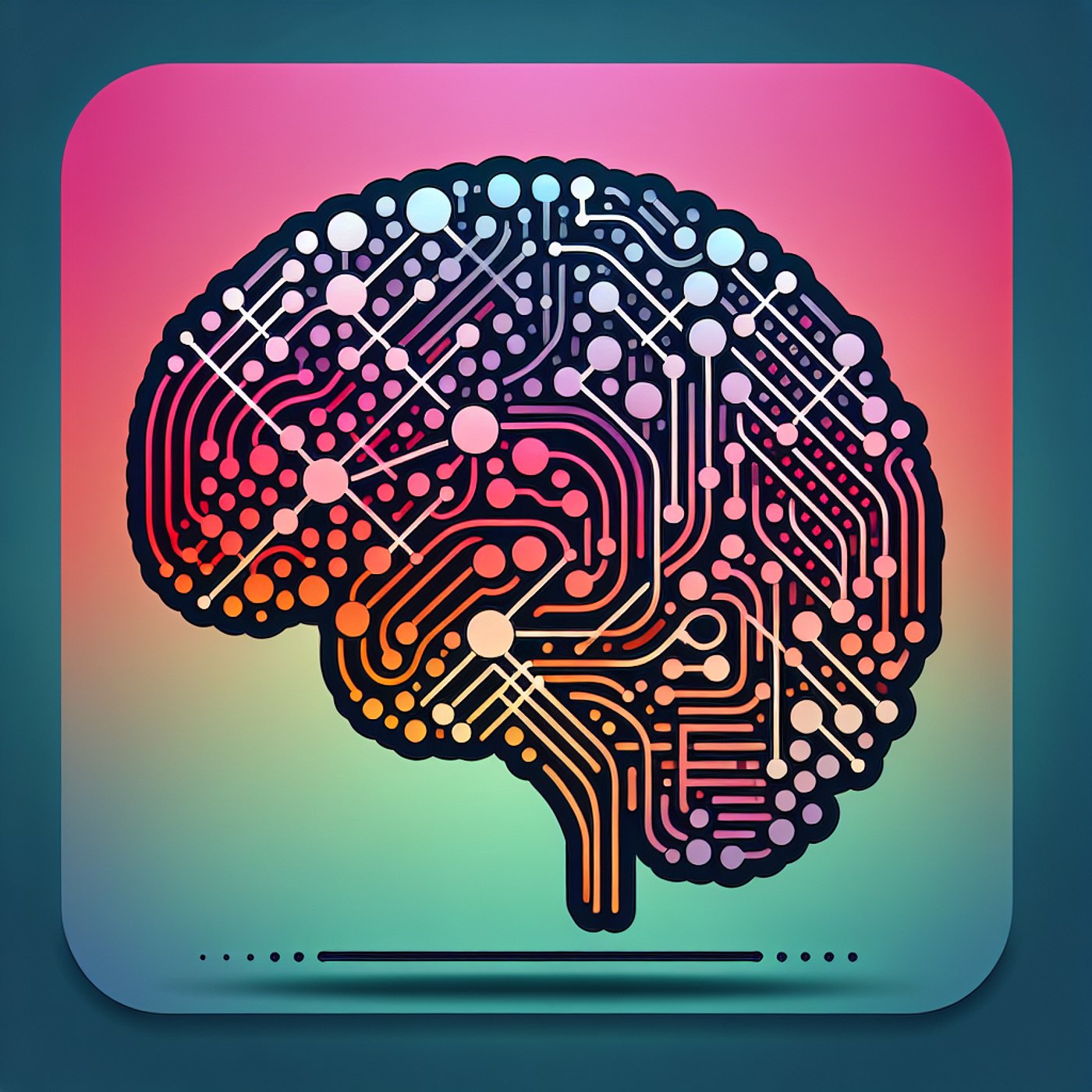
Unpacking Large Language Models: Trends & Insights
Description
In this episode, we delve into the captivating world of large language models (LLMs) with our expert guest. Discover what LLMs are, how their size and parameters impact performance, and the significance of training data quality. We explore the impressive evolution from GPT-2 with 1.5 billion parameters to GPT-3, boasting a staggering 175 billion parameters. Learn about the unique LLaMA models and the importance of specific datasets like Books3. Additionally, we discuss the annealing technique that enhances model performance. Join us to understand the trends shaping the future of artificial intelligence and its applications!
Show Notes
## Key Takeaways
1. Large language models (LLMs) are algorithms designed to understand and generate human language.
2. The size of models, measured in parameters, significantly impacts their capabilities.
3. Quality and diversity of training data are crucial for model performance.
4. LLaMA models and their unique datasets play an important role in AI development.
5. The annealing technique fine-tunes pre-trained models for specialized tasks.
## Topics Discussed
- Large Language Models (LLMs)
- Evolution of GPT-2 to GPT-3
- Training data importance
- Overview of LLaMA models
- The concept of annealing in AI training
Topics
Transcript
Host
Welcome to today's episode! We're diving into the fascinating world of large language models, or LLMs. If you've ever wondered how they work or what makes them tick, you’re in the right place!
Expert
Thanks for having me! It’s great to be here to discuss how the size and structure of these models have evolved over the years.
Host
Absolutely! So, to kick things off, what exactly are large language models?
Expert
Large language models are essentially algorithms designed to understand and generate human language. They’re trained on massive datasets, which helps them predict the next word in a sentence based on the context of the previous words.
Host
Got it! And when we talk about size, how large are these models getting?
Expert
Well, the size of these models is measured in parameters. For instance, GPT-2 started with about 1.5 billion parameters, which was already significant back in 2019. By the time we reached GPT-3, that number jumped to 175 billion!
Host
That’s mind-blowing! So, more parameters mean a better model, right?
Expert
Generally, yes! More parameters can allow a model to capture more complexity in language. However, it’s not just about size; it’s also about the quality and diversity of the training data.
Host
Interesting! Can you tell us about the datasets used for training these models?
Expert
Sure! For example, GPT-3 was trained on a mix of sources, including Wikipedia and various web texts, amounting to about 400 billion tokens. Tokens are essentially pieces of text, so that’s a huge amount of information!
Host
That’s like feeding a model an entire library! Now, I’ve heard about LLaMA models as well. What’s unique about them?
Expert
LLaMA models, particularly the 65 billion parameter version, were trained on a dataset of 1.4 trillion tokens. They also focused on a specific dataset called Books3, which is crucial due to copyright considerations.
Host
Sounds like there’s a lot of thought behind the data selection! Now, what’s this term you mentioned earlier, ‘annealing’?
Expert
Annealing in this context refers to a technique that helps improve the performance of pre-trained models on specialized tasks by fine-tuning them with high-quality data.
Host
So it’s like giving them a little extra training to hone their skills?
Expert
Exactly! But there’s a trade-off, as it can sometimes shift the model away from being purely text-based.
Host
That’s really intriguing! It’s clear that the science behind these models is continually evolving.
Expert
Definitely, and understanding these trends is essential for anyone interested in the future of AI and its applications.
Host
Well, that’s a wrap for today! Thank you for sharing your insights into the world of large language models. It’s been eye-opening!
Expert
Thank you for having me! It’s always a pleasure to discuss this exciting field.
Create Your Own Podcast Library
Sign up to save articles and build your personalized podcast feed.